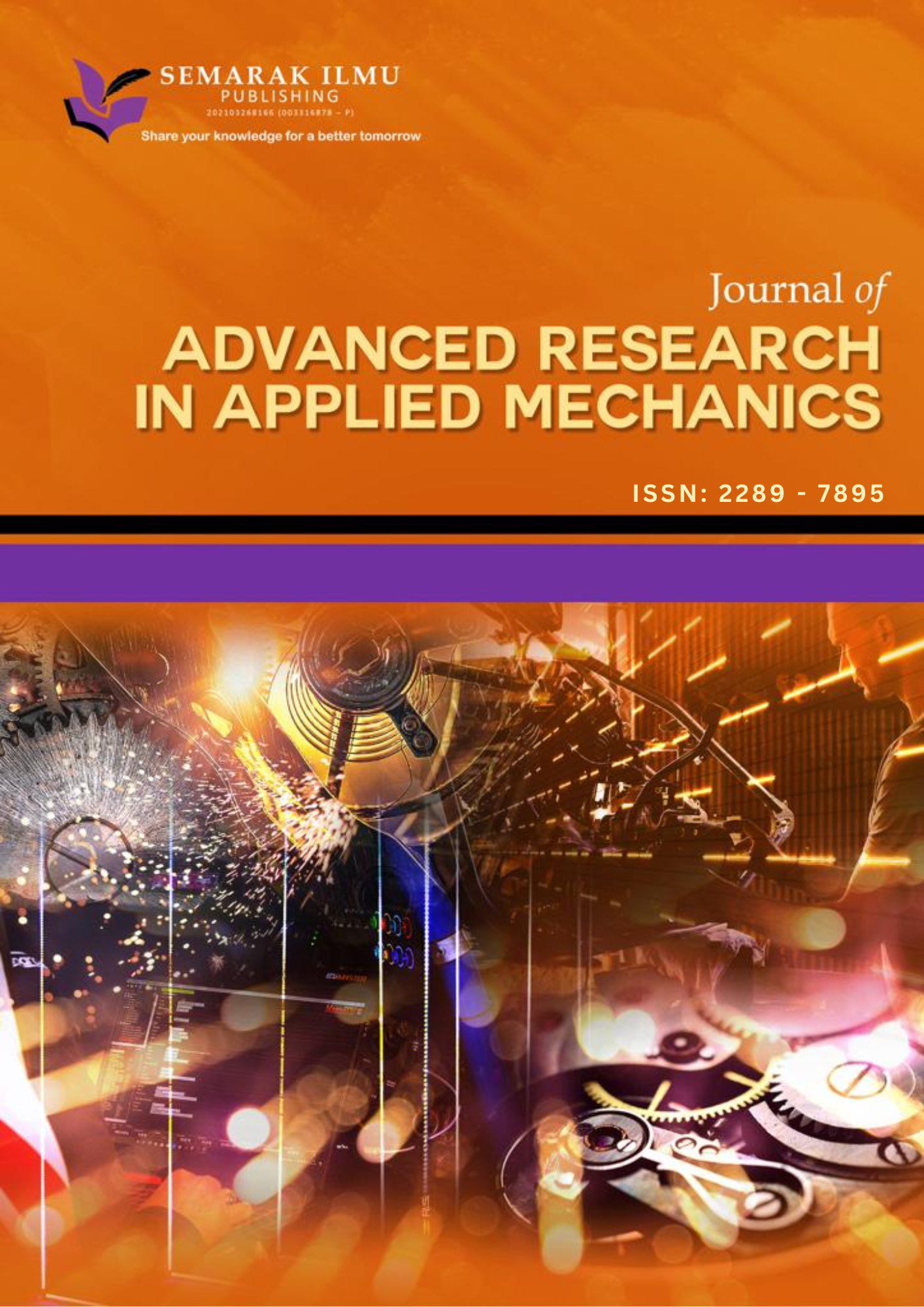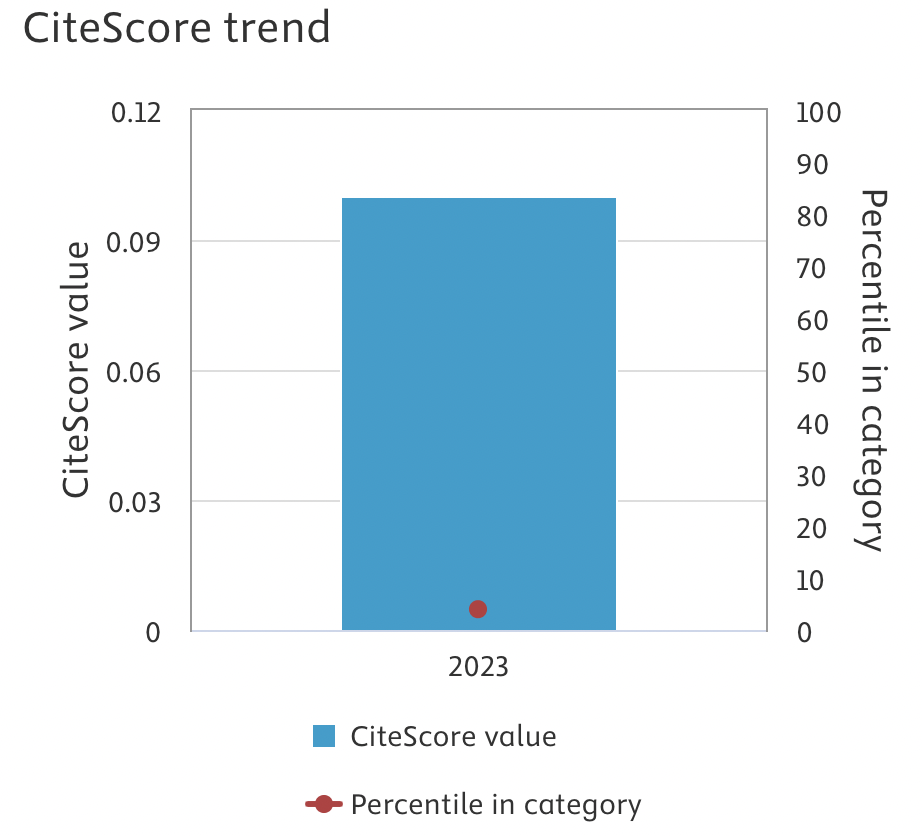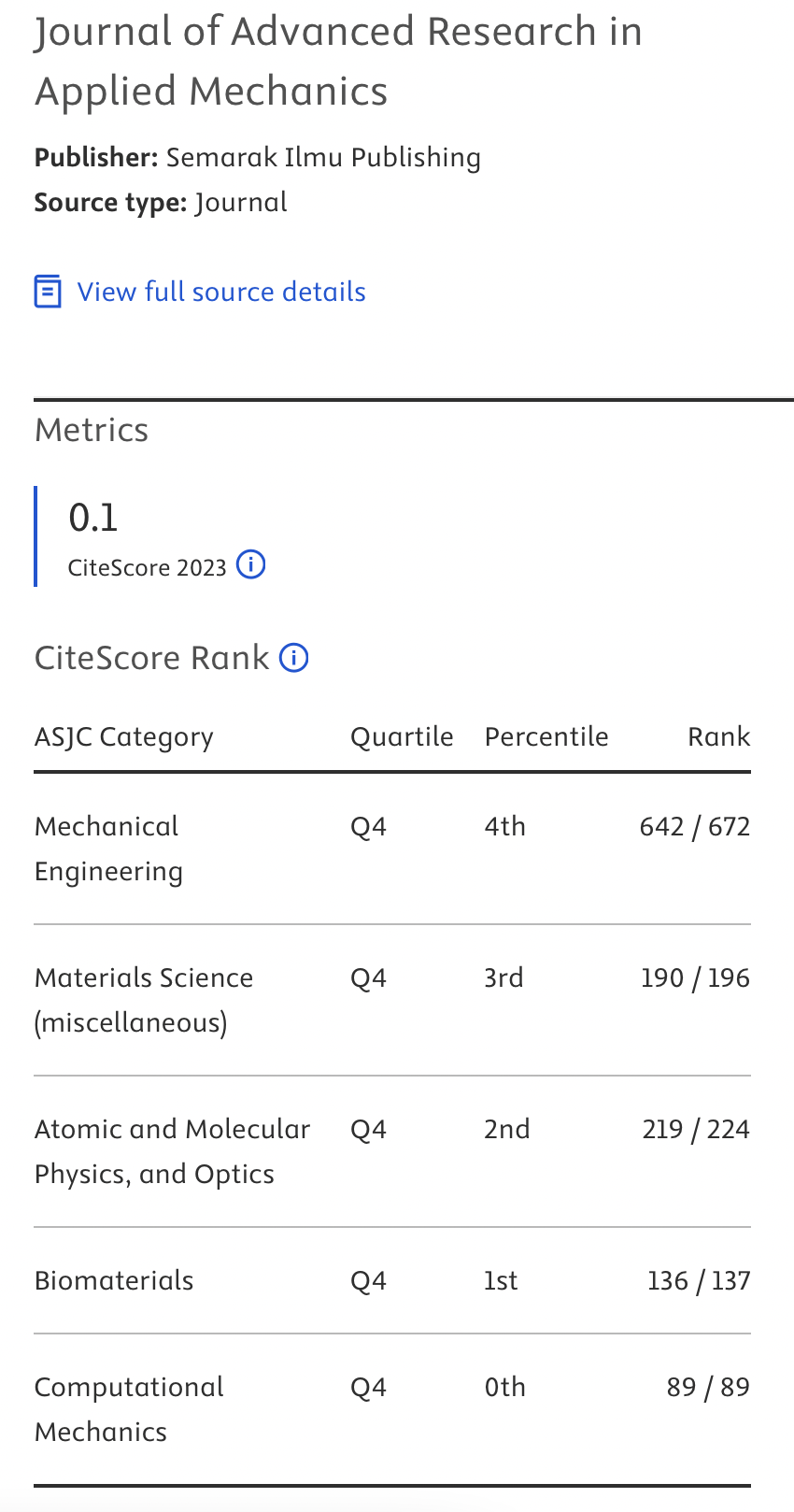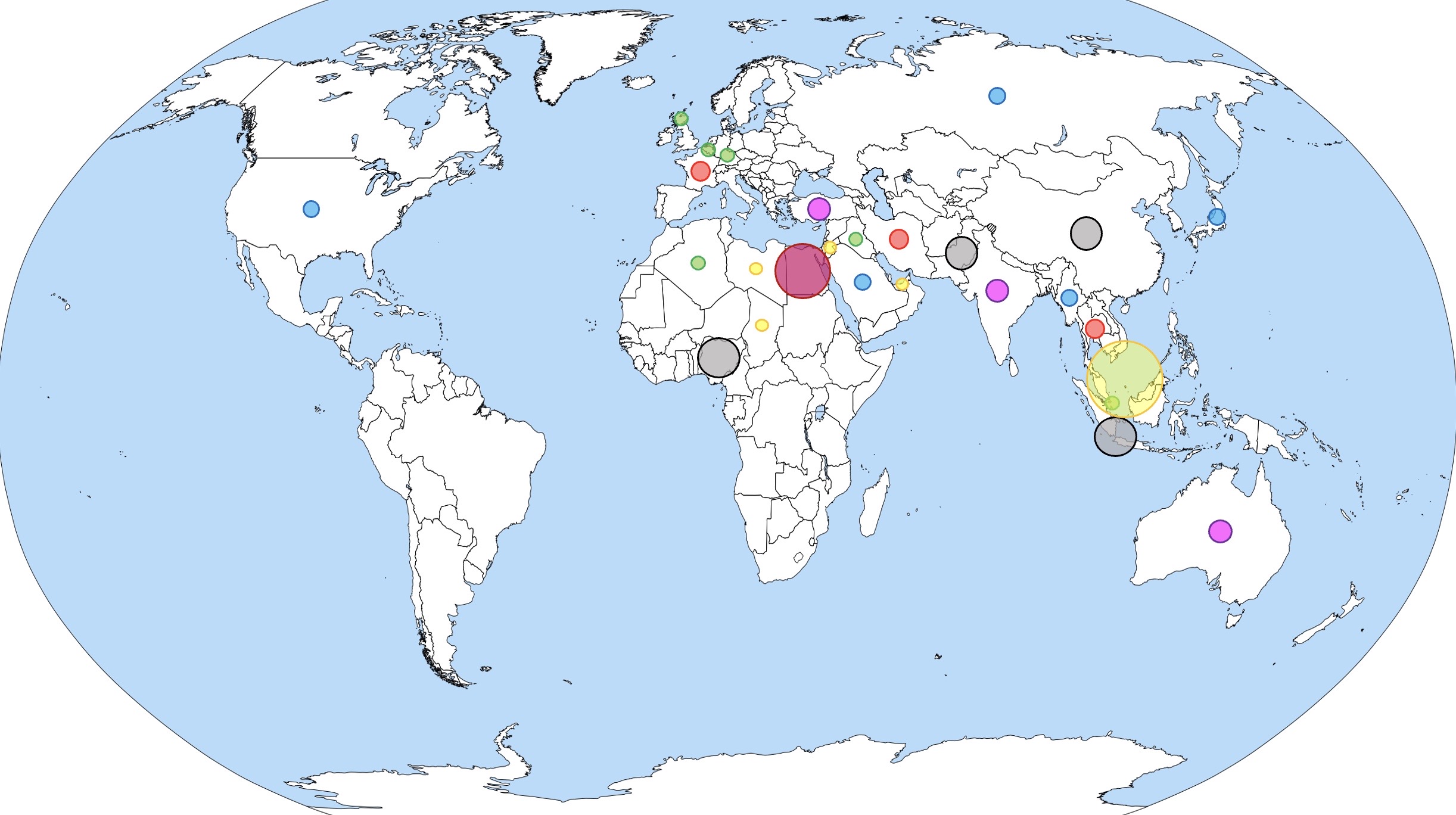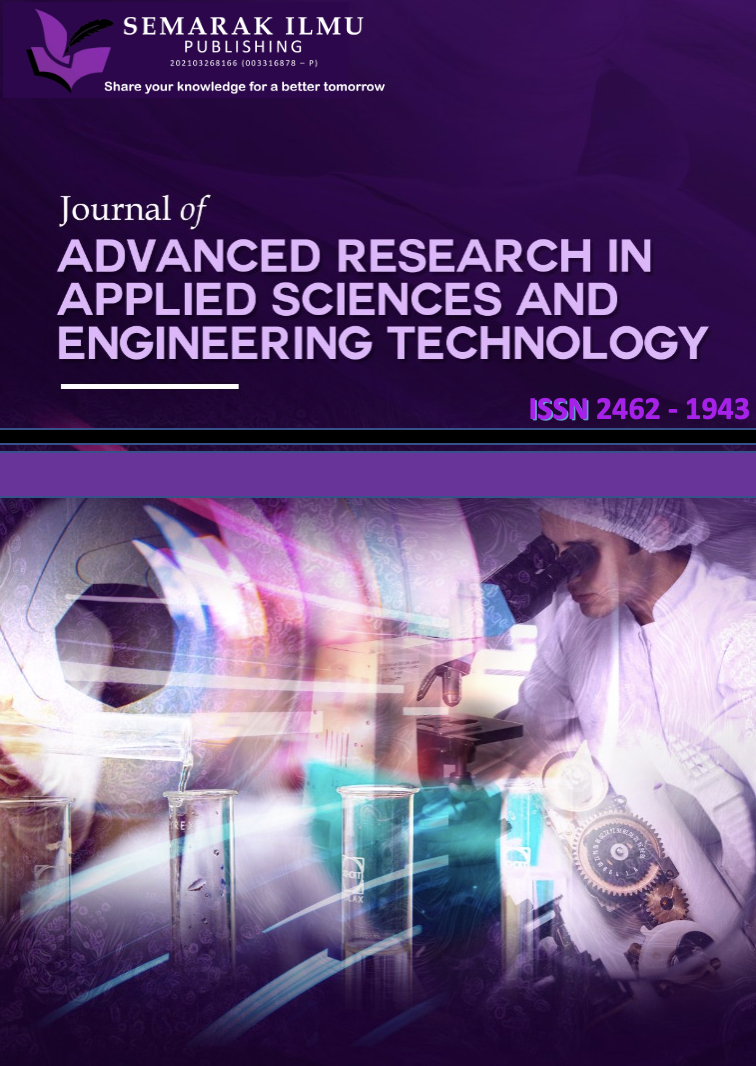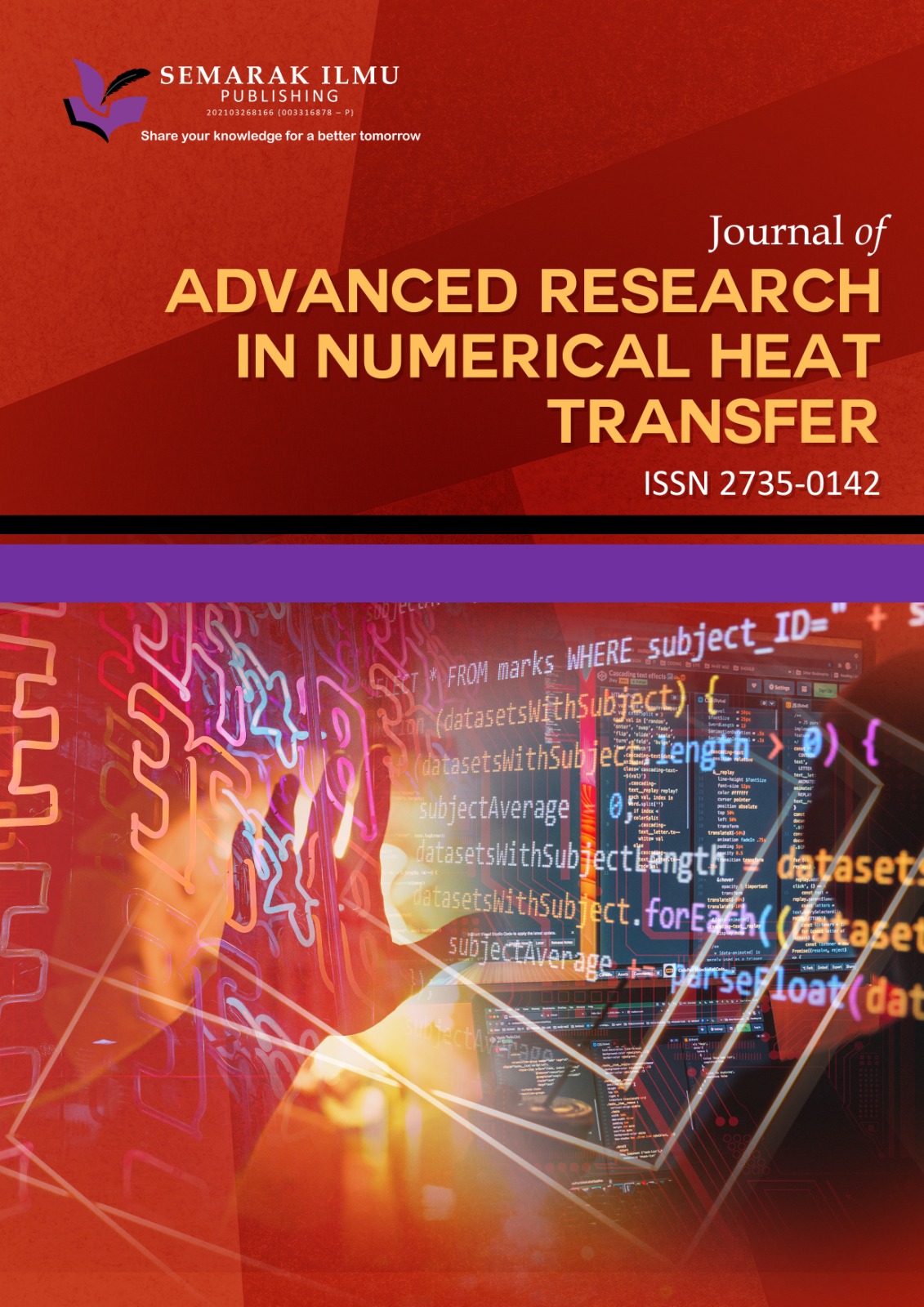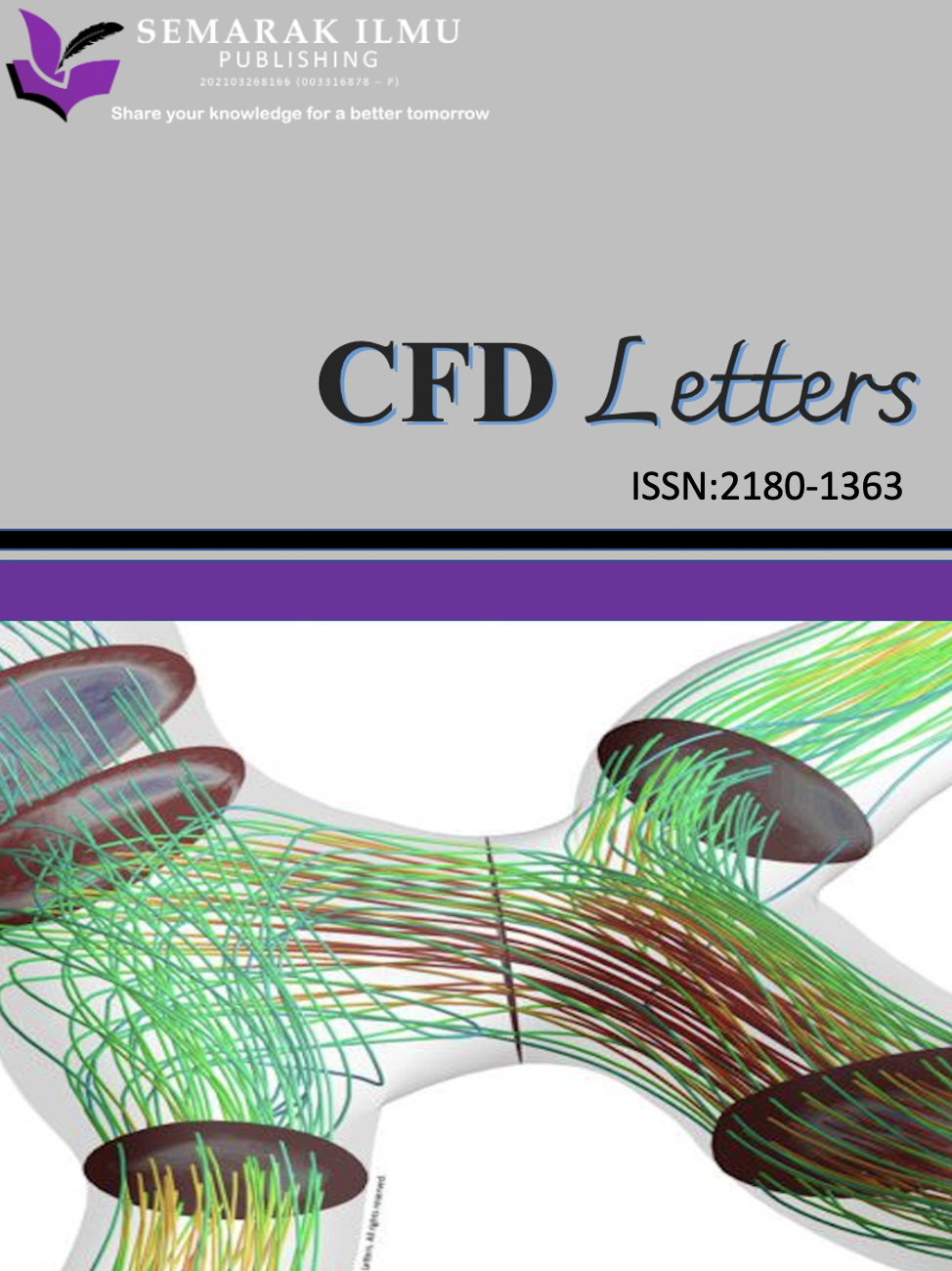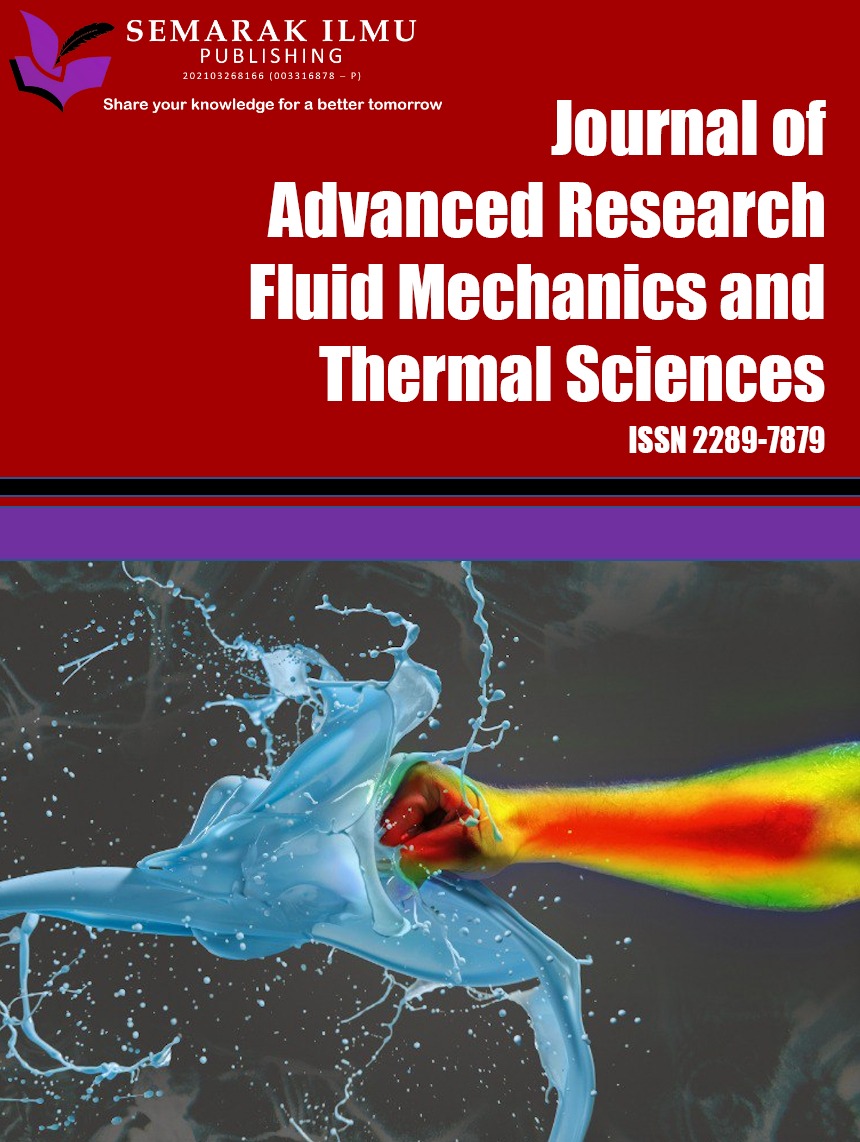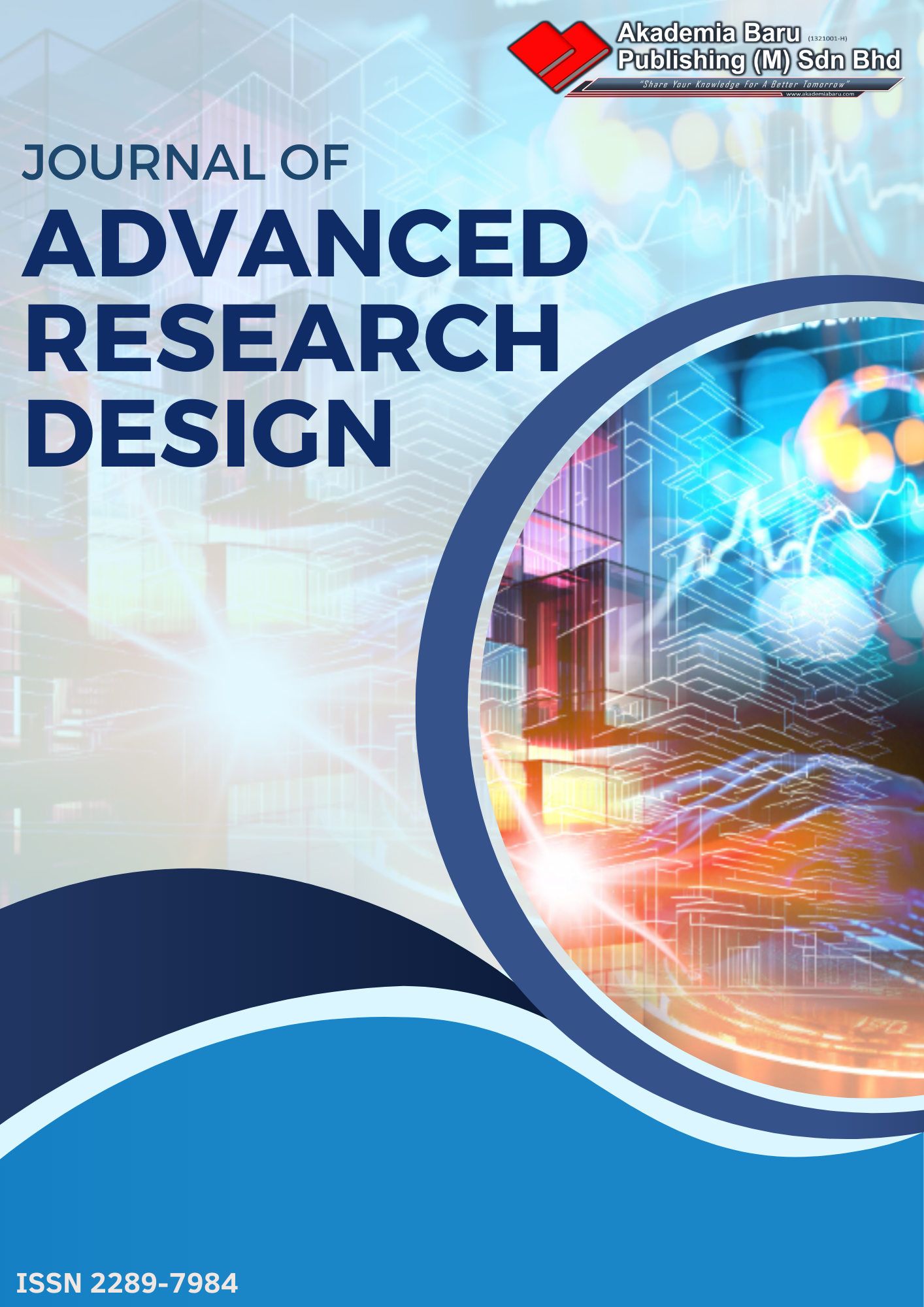Review on the Non-Destructive Test (NDT) Approaches on Concrete Crack Mapping Prediction
DOI:
https://doi.org/10.37934/aram.131.1.172184Keywords:
Non-Destructive Test, building condition assessment, three-dimensional crack model, impact echo, concrete defectAbstract
Understanding Building Information Modelling (BIM) is not only a tool that visualization the concept of one’s design, but also a system that comprises the significant attributes throughout the entire building lifecycle including pre- and post-construction stages. Building undergoes the process of aging due to occupancy or environmental factors that affect the structural integrity. In Malaysia, non-destructive testing (NDT) for building condition assessment (BCA) often relies on visual inspections, overlooking the internal defects that could lead to structural failures if left untreated. To enhance the framework of the BIM integrated building’s health check, case studies on several industry examples that have employed different BCA approaches that can be linked to the digital twin to augment the visualization, improve efficiency in localizing the deterioration, and determine the geometrical extent of the concrete crack to assist in the maintenance decision-making process. This study aims to address these limitations by reviewing various NDTs and proposing a comprehensive, integrated approach combining conventional NDT with emerging trends like AI-driven methods and computing waveform analysis. This paper systematically evaluated the current methods using the benchmarks, including AI-assisted techniques, sensors, and stress wave analysis, to establish their efficiency, accuracy, and practical integration with digital twin technology. The findings emphasize that using a three-dimensional crack mapping model incorporating computing technology and machine learning to refine the result can more accurately identify areas of concrete deterioration, leading to better maintenance decisions. The key result from this paper paved the foundation for the development of an integrated three-dimensional (3D) crack mapping model to detect deterioration not only from the surface of the building’s element but also thoroughly and accurately identify the damage to the building to prevent catastrophic structural failure.
Downloads


